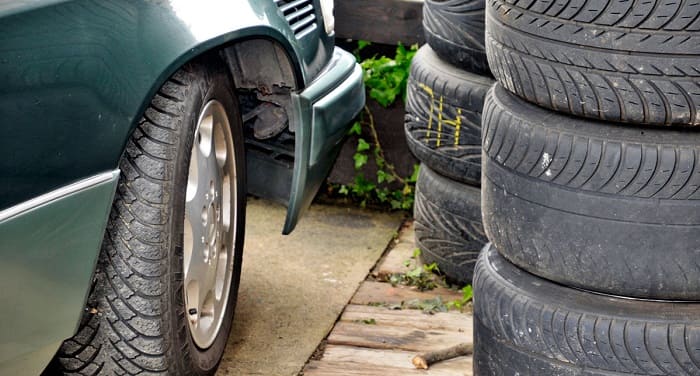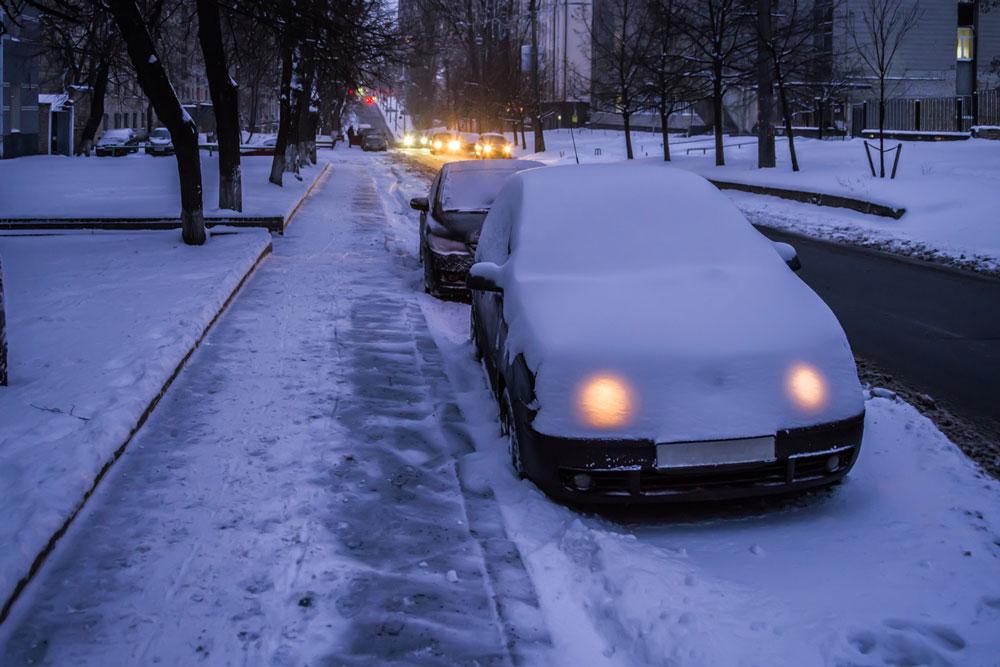
Reasons why you shouldn't drive with badly worn tires
Content
If you want to avoid the risk of driving with worn tires, it's a good idea to inspect your tires and drive carefully so they don't wear out as quickly. Your tires can be seriously damaged if you don't maintain them properly.
Tires in good condition are very important in any car and we should always be aware of their wear. It is essential for your safety to replace tires when they are worn out.
While it may not seem like such a big deal, driving with worn tires can actually be quite dangerous, especially in inclement weather.
Here we have compiled some of the reasons why you should not drive with badly worn tires.
1.- Excessive friction
Friction creates heat, and too much heat can cause your tires to deflate, especially when the vehicle is moving at high speeds, as the heat-resistant material in tires wears down over time.
2.- Aging
Just because your tires still have tread doesn't mean they're safe to use. Even if the tread looks good, the rubber compound of a tire can deteriorate over time, even if your vehicle is not in use.
Even if you haven't driven a car for a year, the tires will age during this time, which can be a safety hazard.
3.- Makes it difficult to drive in rainy or snowy weather.
Slicks slide on cold or icy ground, causing drivers to lose control and even slide. That is why there are special tires for driving in the snow.
4. Air pressure
Because the rim has lost most of the rubber, the impact resistance of the tire is low, resulting in rim wear.
5.- High risk of release
This can be the most serious problem of all, because most of the rubber is lost, potholes or too much friction. In addition, sharp or pointed objects can easily penetrate their surface.
6.- Aquaplaning
Worn tires have lost rubber and therefore no longer have the same grip as they used to. This can cause problems on rainy days or during snowfall, as lack of tire traction can lead to loss of control and hydroplaning without the ability to regain control of the vehicle.
:

